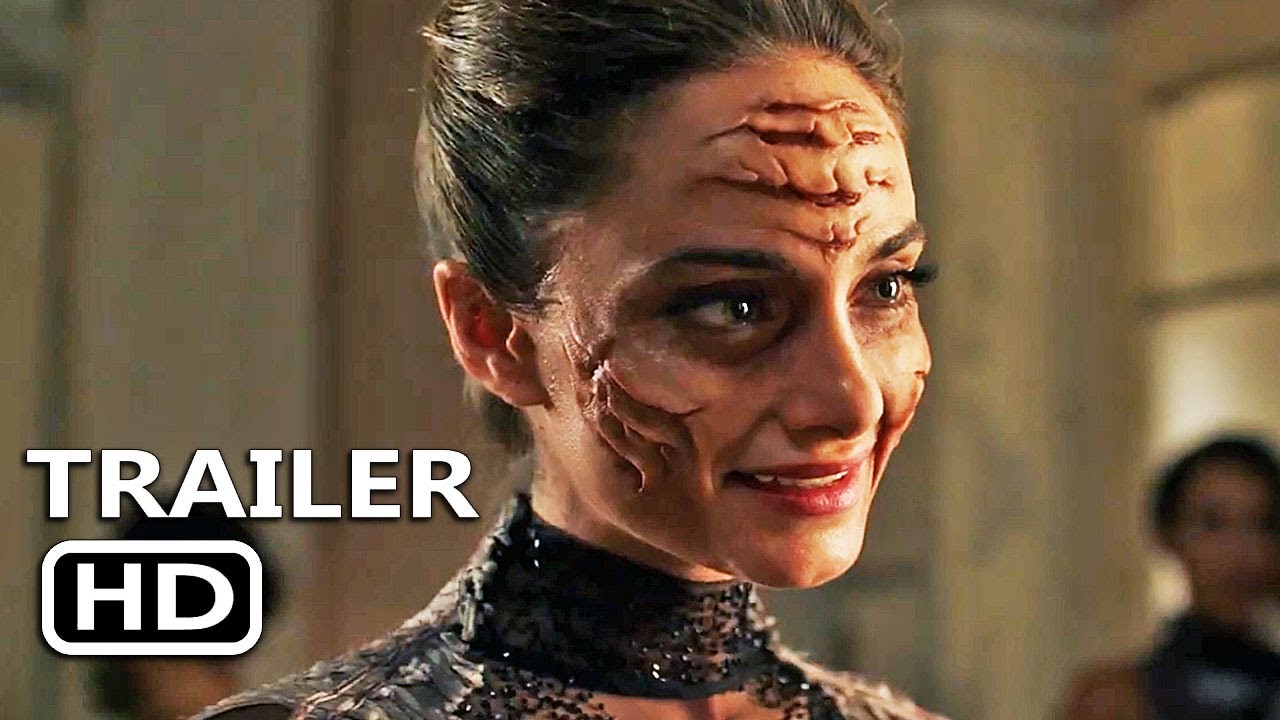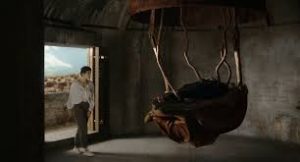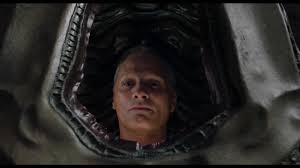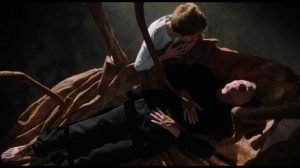Crimes of the Future (2022)


*Crimes of the Future* (2022) marks the return of David Cronenberg to his signature blend of body horror and provocative storytelling. This film, which shares its title with Cronenberg’s 1970 experimental film but not its plot, delves into a dystopian future where human evolution has taken a bizarre and unsettling turn. Starring Viggo Mortensen, Léa Seydoux, and Kristen Stewart, *Crimes of the Future* explores themes of art, identity, and the boundaries of the human body.

In a world where the human body is undergoing rapid and unpredictable mutations, pain has largely been eradicated, and surgery has become a new form of art. The story centers around Saul Tenser (Viggo Mortensen), a performance artist who, alongside his partner Caprice (Léa Seydoux), turns the growth and removal of new organs into avant-garde performances. Saul’s body constantly generates novel organs, which Caprice surgically removes in front of live audiences, making their performances both shocking and mesmerizing.

As Saul and Caprice navigate this strange world, they become embroiled in a complex web of intrigue involving a mysterious group of people who view these new organs as the next step in human evolution. Meanwhile, an investigator named Timlin (Kristen Stewart), working for the National Organ Registry, becomes fascinated by Saul and his work, leading her into the dark and surreal world of underground body modification.
### Standout Elements

1. **David Cronenberg’s Return to Body Horror**
– *Crimes of the Future* is a return to form for Cronenberg, who is known for his exploration of body horror and the relationship between the human body and technology. The film is filled with disturbing yet fascinating imagery, as it delves into the idea of the body as both a canvas and a site of evolution. Cronenberg’s ability to provoke discomfort while making profound statements about the human condition is on full display.
2. **Exploration of Art and Performance**

– The film treats surgery and body modification as a form of high art, with Saul and Caprice’s performances pushing the boundaries of what is considered artistic expression. This exploration of art challenges the audience to think about the nature of creativity, the limits of human experience, and how far one can go in the pursuit of artistic truth. The performances within the film serve as a metaphor for the ways in which society deals with change and the unknown.
3. **Philosophical and Existential Themes**
– *Crimes of the Future* is steeped in philosophical questions about identity, evolution, and the future of humanity. The film asks what it means to be human when our bodies are no longer confined to their natural states, and whether these mutations are an aberration or the next step in our evolution. These themes are intertwined with the characters’ personal journeys, particularly Saul’s, as he grapples with his own identity and the purpose of his art.
4. **Strong Performances**
– Viggo Mortensen delivers a haunting performance as Saul Tenser, a man whose body is both a source of pain and a medium for his art. Léa Seydoux brings depth to Caprice, who views their performances as a deeply personal expression of love and transformation. Kristen Stewart’s portrayal of Timlin is both eerie and compelling, adding another layer of intrigue to the story. The chemistry between the actors enhances the film’s exploration of complex and often disturbing themes.
5. **Distinctive Visual and Auditory Style**
– The film’s aesthetic is unmistakably Cronenberg, with its bleak, industrial settings and clinical yet grotesque depiction of surgery. The world of *Crimes of the Future* feels both alien and familiar, creating an unsettling atmosphere that is heightened by a haunting score. The sound design plays a crucial role in immersing the audience in this dystopian reality, where the sounds of surgery become a form of music.
*Crimes of the Future* received a polarized response from critics and audiences. Some praised it as a bold and thought-provoking return to Cronenberg’s roots, lauding its exploration of challenging themes and its unsettling imagery. Others found the film too abstract or disturbing, with its slow pacing and graphic content making it difficult to watch. However, for fans of Cronenberg and those interested in cerebral horror, the film was seen as a fascinating exploration of the intersection between art, identity, and the human body.
*Crimes of the Future* is a provocative and unsettling film that pushes the boundaries of body horror and philosophical storytelling. It’s a film that challenges its audience to confront uncomfortable questions about the future of humanity, the nature of art, and the relationship between our bodies and our identities. While it may not be for everyone, it stands out as a distinctive and bold entry in Cronenberg’s filmography, appealing to those who appreciate thought-provoking and visually striking cinema.